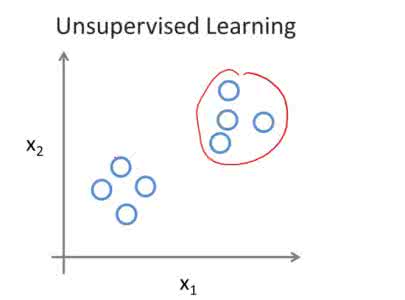We introduce Constr-DRKM, a deep kernel method for the unsupervised learning of disentangled data representations. We propose augmenting the original deep restricted kernel machine formulation for kernel PCA by orthogonality constraints on the latent variables to promote disentanglement and to make it possible to carry out optimization without first defining a stabilized objective. After illustrating an end-to-end training procedure based on a quadratic penalty optimization algorithm with warm start, we quantitatively evaluate the proposed method's effectiveness in disentangled feature learning. We demonstrate on four benchmark datasets that this approach performs similarly overall to $\beta$-VAE on a number of disentanglement metrics when few training points are available, while being less sensitive to randomness and hyperparameter selection than $\beta$-VAE. We also present a deterministic initialization of Constr-DRKM's training algorithm that significantly improves the reproducibility of the results. Finally, we empirically evaluate and discuss the role of the number of layers in the proposed methodology, examining the influence of each principal component in every layer and showing that components in lower layers act as local feature detectors capturing the broad trends of the data distribution, while components in deeper layers use the representation learned by previous layers and more accurately reproduce higher-level features.
翻译:我们引入了Constr-DRKM, 这是一种在不受监督的情况下学习分解数据表示方式的深度内核方法。我们建议通过对潜在变量的分解限制来增加最初为内核五氯苯甲醚内核内核内核内核机配方的深度限制内核配方,以促进分解,并使得有可能在不首先确定稳定目标的情况下实现优化。我们用温暖的起点展示了基于四级罚款优化算法的端到端培训程序,然后从数量上评价了拟议方法在分解特性学习中的有效性。我们用四个基准数据集表明,当很少提供培训点时,这一方法对内核内核内核中核内核内核内核内核内核内核内核内核内核内核内核内核内核内核内核内核内核内核内核内核内核内核内核内核内核内核内核内核内核内核内核内核内核内核内核内核内核内核内核内核内核内核内核内核内核内核内核内核内核内核内核内核内核内核内核内核内核内核内核内核内核内核内核内核内核内核内核内核内核内核内核内核内核内核内核内核内核内核内核内核内核内核内核内核内核内核内核内核内核内核内核内核内核内核内核内核内核内核内核内核内核内核内核内核内核内核内核内核内核内核内核内核内核内核内核内核内核内核内核内核内核内核内核内核内核内核内核内核内核内核内核内核内核内核内核内核内核内核内核内核内核内核内核内核内核内核内核内核内核内核内核内核内核内核内核内核内核内核内核内核内核内核内核内核内核内核内核内核内核内核内核内核内核内核内核内核内核内核内核内核内核内核



